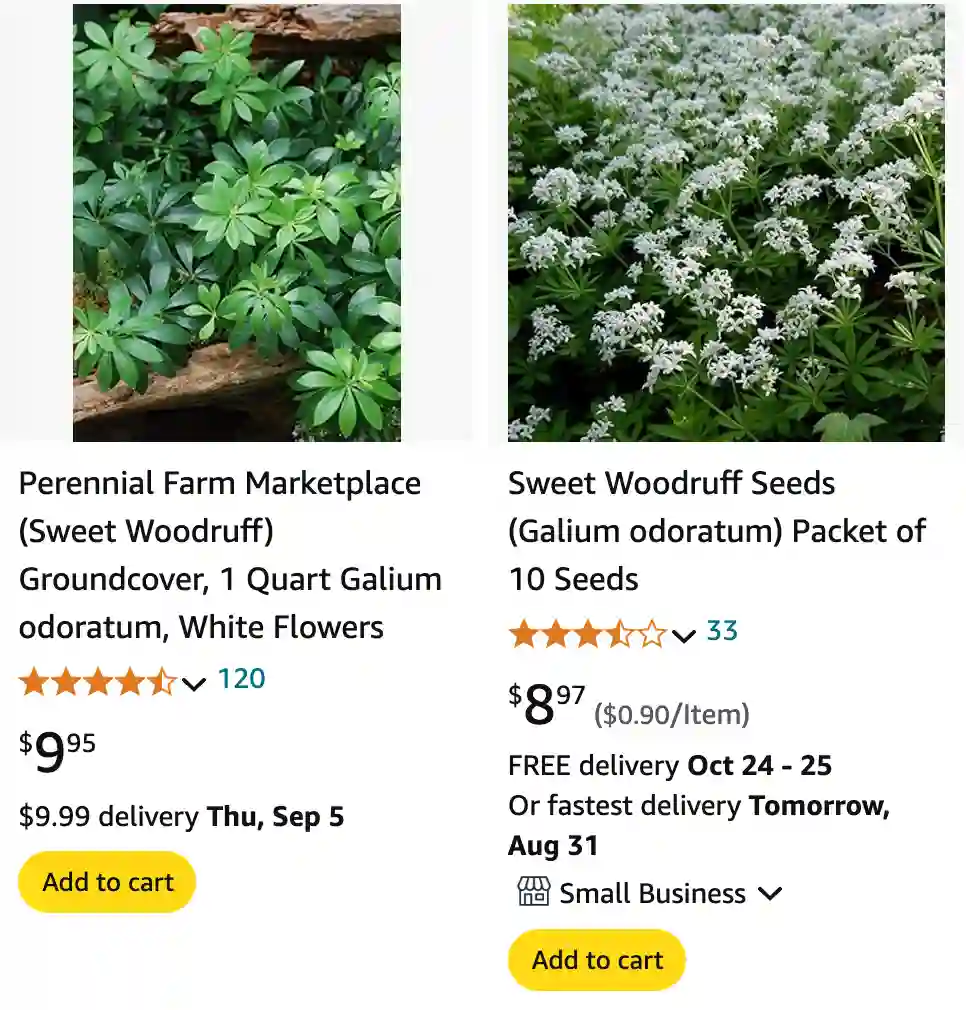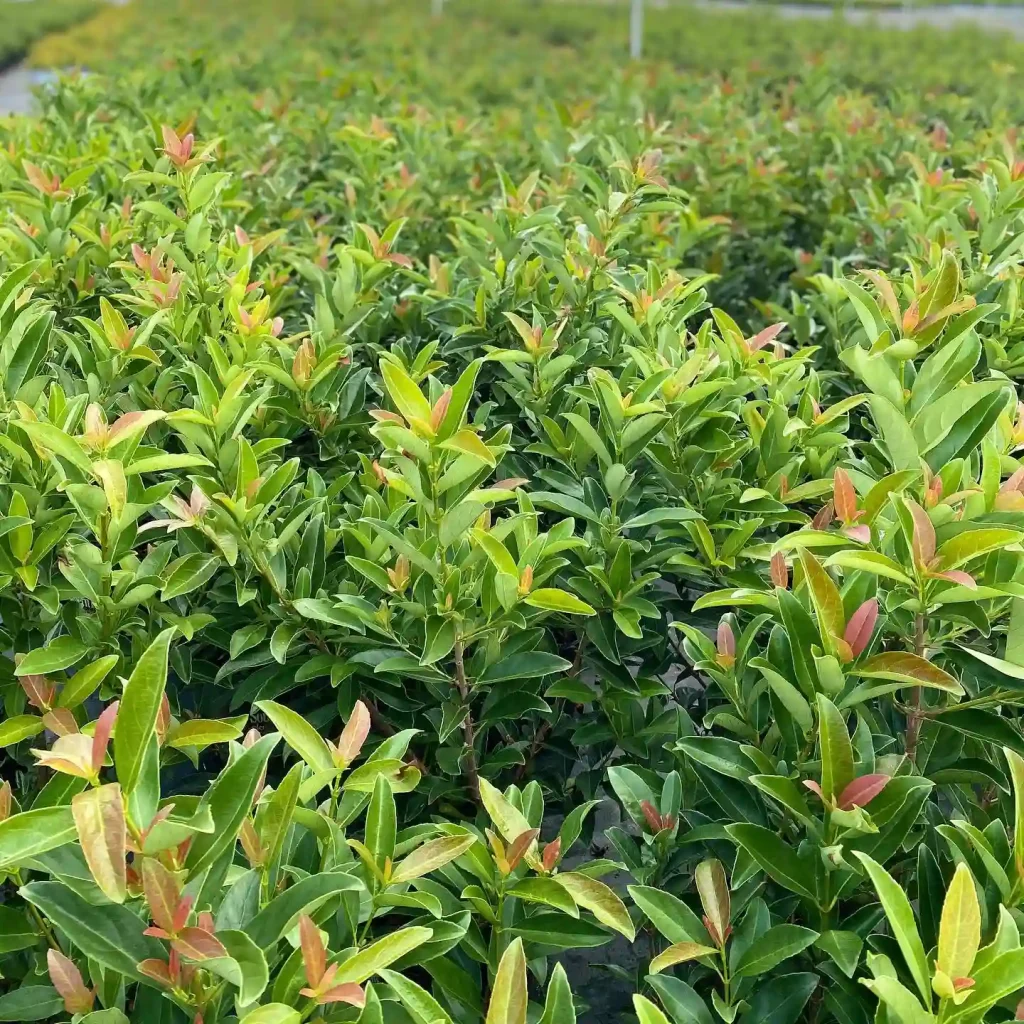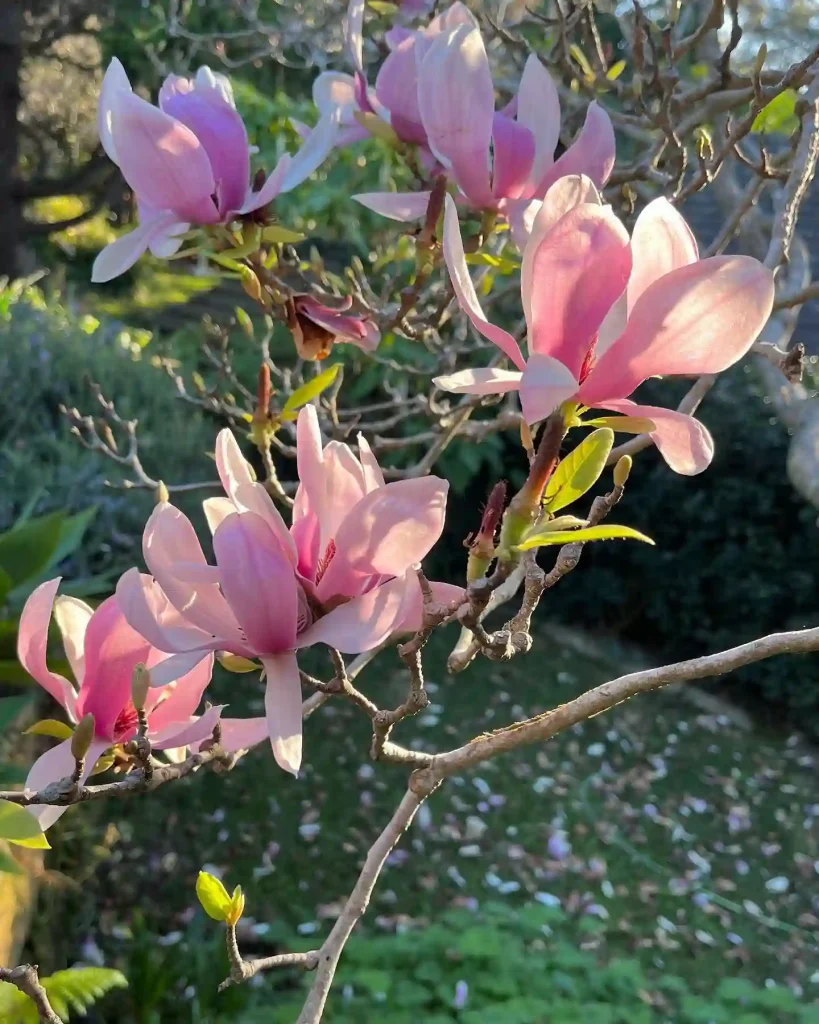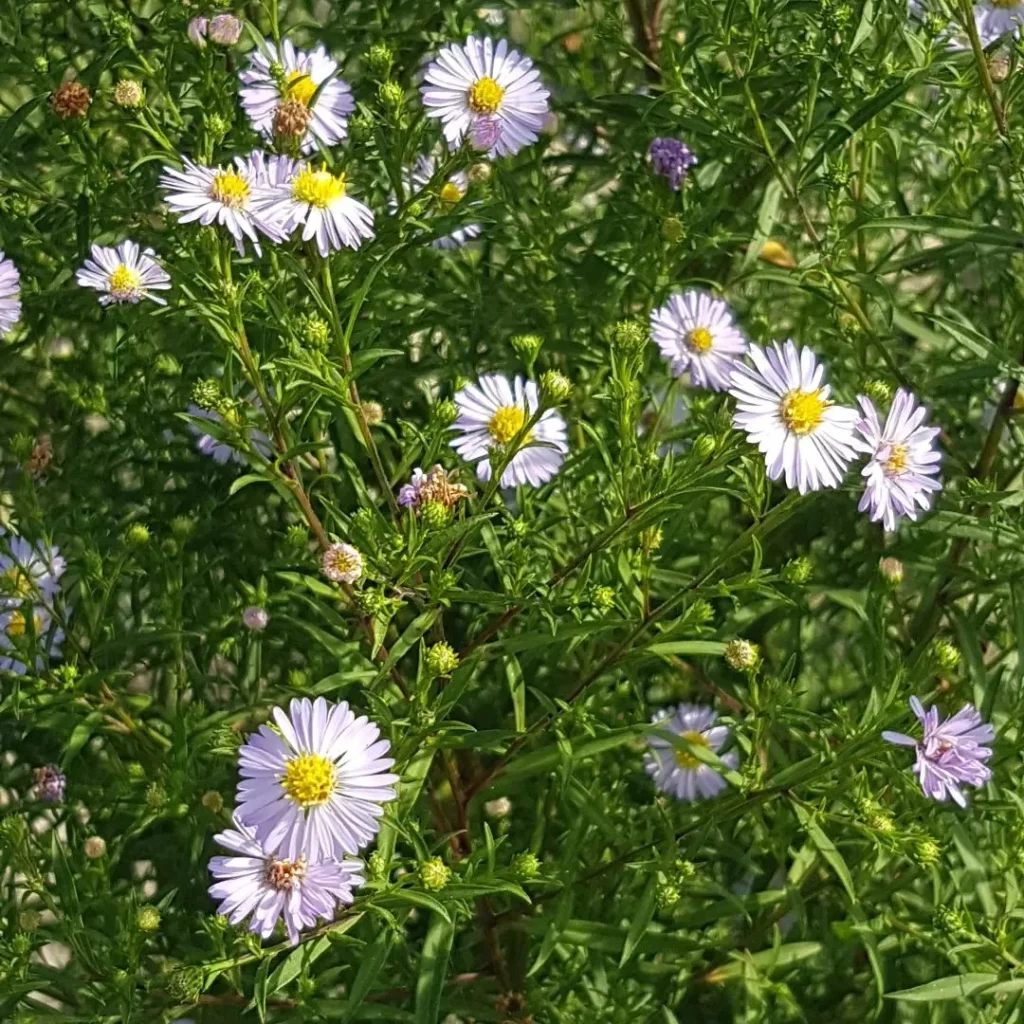
FAQs About Galium Odoratum: Sweet Woodruff
If you’re delving into the world of gardening, you might come across Galium Odoratum, commonly known as Sweet Woodruff. This charming ground cover plant has garnered a fair share of curiosity, so I thought I’d address some frequently asked questions to help you better understand this lovely plant.
What Is Galium Odoratum?
Galium Odoratum, or Sweet Woodruff, is a perennial herbaceous plant native to Europe and parts of Asia. Known for its aromatic leaves, it has a reputation for its sweet, hay-like scent. It’s often used in garden beds and shady spots due to its low-growing, spreading nature. This plant is cherished not only for its fragrance but also for its ability to form a dense ground cover.
Does Galium Odoratum Fixate Nitrogen?
Galium Odoratum does not fixate nitrogen. Unlike legumes, which have a symbiotic relationship with nitrogen-fixing bacteria in their root systems, Sweet Woodruff relies on soil that is already rich in nutrients. To keep your Galium Odoratum healthy, ensure that it’s planted in well-drained, moderately fertile soil.
Is Galium Odoratum an Ephemeral?
Galium Odoratum is not considered an ephemeral. Ephemeral plants are those that complete their lifecycle quickly and often go dormant for much of the year. In contrast, Sweet Woodruff is a perennial, meaning it remains alive throughout the growing season and returns year after year. It does, however, have a period of dormancy in winter, where it dies back to the ground but reemerges in the spring.
Is Galium Odoratum Deer Resistant?
Yes, Galium Odoratum is generally deer resistant. While no plant is entirely deer-proof, Sweet Woodruff’s strong fragrance and bitter taste tend to deter these animals. This makes it a good choice for gardens in areas where deer are a problem.
Is Galium Odoratum Toxic to Dogs?
Galium Odoratum is not known to be toxic to dogs. However, it’s always a good idea to monitor your pets and ensure they don’t consume large amounts of any plant, as it could cause gastrointestinal upset. In general, Sweet Woodruff is considered safe for pets.
Is Sweet Woodruff Galium Odoratum Native to Oregon?
Sweet Woodruff (Galium Odoratum) is not native to Oregon. It is indigenous to Europe and parts of Asia. In the United States, it is often cultivated as an ornamental plant. If you’re looking for native ground covers for Oregon, you might want to consider alternatives like Oregon Grape (Mahonia aquifolium) or Red-twig Dogwood (Cornus sericea).
How to Care for Galium Odoratum?
Caring for Galium Odoratum is relatively straightforward. It thrives in partial to full shade, making it perfect for those tricky garden spots. The soil should be well-drained and kept consistently moist. While it’s tolerant of a range of soil types, it prefers slightly acidic to neutral pH levels. Regular watering during dry spells will keep it lush and green.
How to Propagate Galium Odoratum?
Propagation of Galium Odoratum is typically done through division. In early spring or late fall, you can dig up established plants and divide them into smaller sections, each with roots and shoots. Replant these divisions in your garden, and they should establish themselves quickly. Alternatively, you can grow Sweet Woodruff from seeds sown directly into the soil in late fall or early spring.
What to Plant With Galium Odoratum?
Galium Odoratum pairs well with other shade-loving plants. Consider combining it with hostas, astilbes, or ferns for a lush, layered effect. It also works well with plants like bleeding hearts and epimediums, which complement its delicate foliage and help create a rich, textured garden bed.
Can You Grow Galium Odoratum Indoors?
Growing Galium Odoratum indoors can be challenging. It prefers cooler, shaded environments and may not thrive in the warmer, drier conditions of a typical indoor setting. However, if you have a cool, well-lit space and can provide the right conditions, it might be possible to grow it as a houseplant.
Benefits of Galium Odoratum
Sweet Woodruff offers several benefits beyond its aesthetic appeal. Its fragrance can be used to freshen up indoor spaces or add a unique scent to sachets and potpourri. Additionally, it is a valuable ground cover that can help prevent soil erosion in shaded areas.
Common Problems with Galium Odoratum
While Galium Odoratum is generally low-maintenance, it can face a few issues. Overly wet soil can lead to root rot, so ensure proper drainage. Additionally, it may struggle in overly dry conditions or direct sunlight. Keeping the soil consistently moist and providing some shade will help mitigate these problems.
Compare with Other Similar Plants
When comparing Sweet Woodruff with other similar ground covers, such as Creeping Jenny (Lysimachia nummularia) or Ajuga (Ajuga reptans), Sweet Woodruff stands out for its fragrance and shade tolerance. Creeping Jenny offers bright foliage and is more tolerant of sun, while Ajuga provides bold color contrasts. Each plant has its unique attributes, so your choice will depend on your specific garden needs and conditions.
In summary, Galium Odoratum, or Sweet Woodruff, is a versatile and charming plant that can enhance shady garden areas with its lovely scent and dense foliage. Whether you’re using it for ground cover or as a fragrant addition to your garden, understanding its needs and characteristics will help you make the most of this delightful plant.




